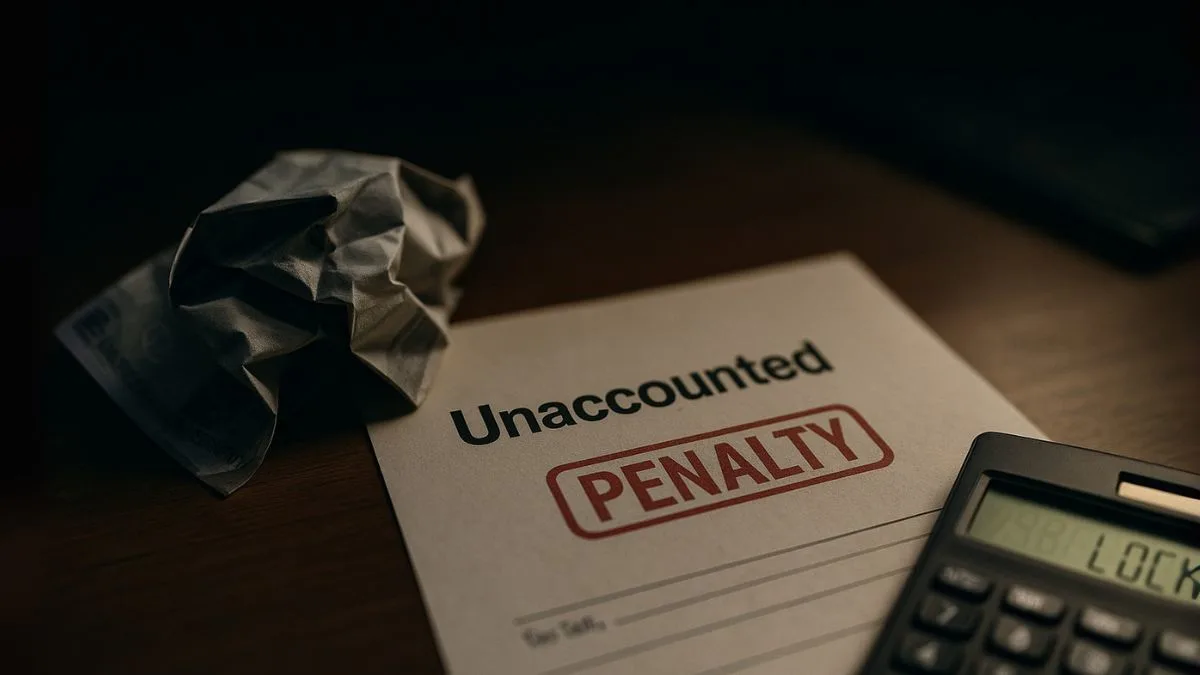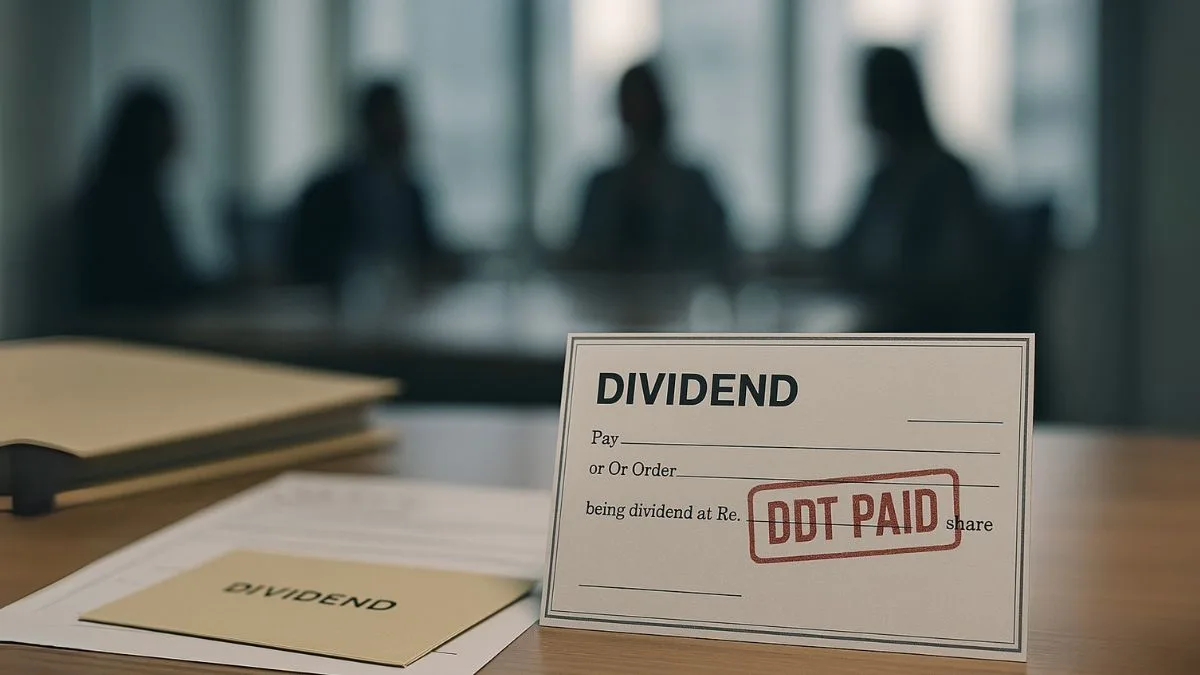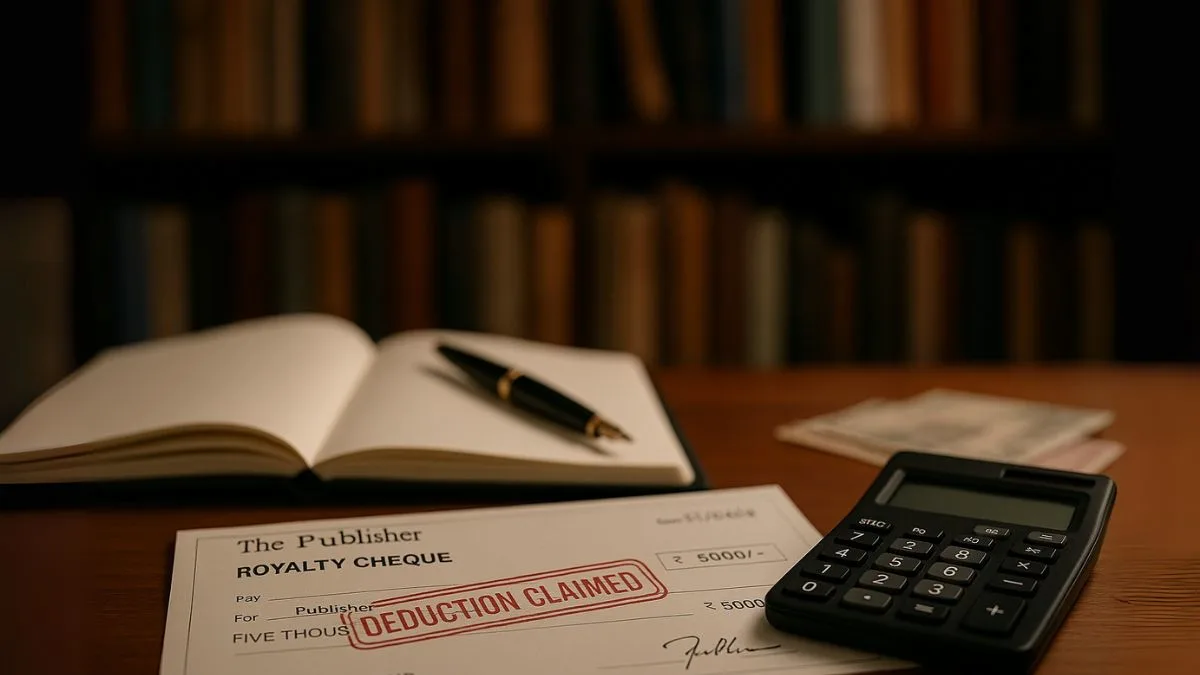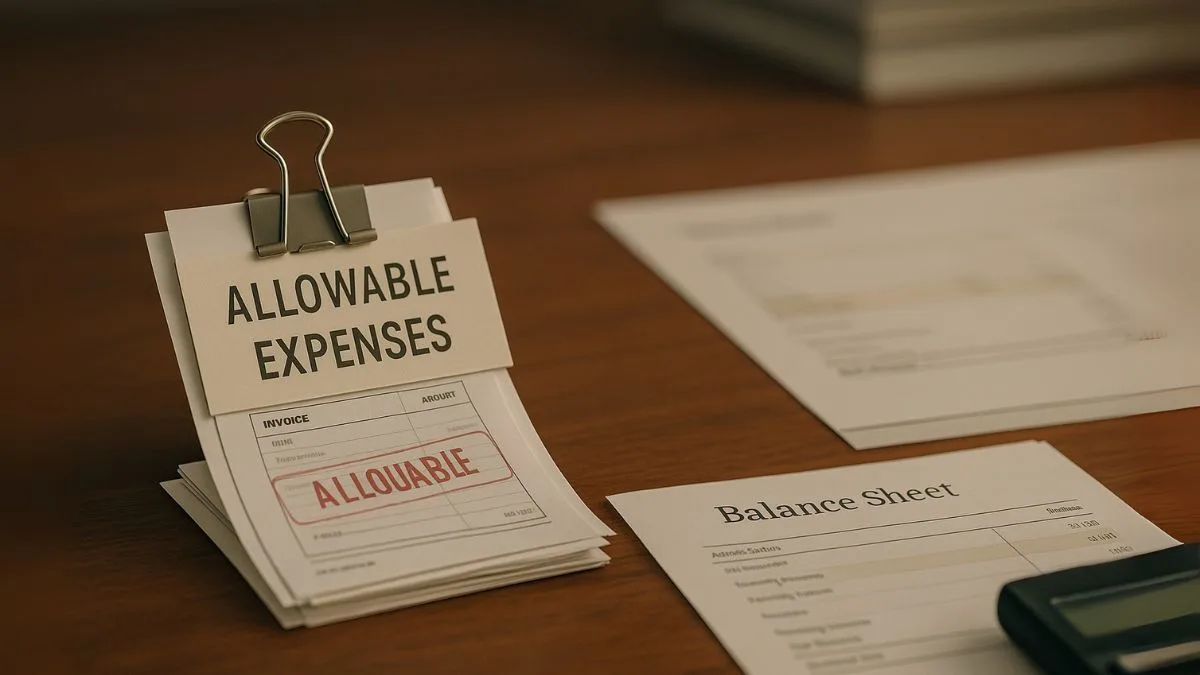
The Indian tax system works on self-declaration, where taxpayers are expected to disclose their true income. However, to maintain transparency and reduce tax evasion, the law prescribes strict penalties for non-disclosure. One such provision is Section 271AAC of the Income Tax Act, 1961, which was introduced to deal specifically with cases of unaccounted income.
This section ensures that if a person possesses income that cannot be explained or is misreported, they face heavy consequences. In short, Section 271AAC acts as a deterrent for hiding income from the tax authorities.
What is Section 271AAC of the Income Tax Act?
Section 271AAC was inserted by the government to impose penalties in cases where an assessee is found with unexplained cash, investments, expenditure, or income that is not properly disclosed.
Key aspects of this provision include:
- The assessee shall pay by way of penalty if caught with such unaccounted income.
- It deals with penalties for underreporting of income and misreporting of facts.
- It covers unexplained credits, money, investments, and expenditures that do not match with declared income.
In essence, this section ensures that any hidden income comes at a heavy cost.
Why Was Section 271AAC Introduced?
The section was brought in after the 2016 demonetisation and other major reforms, where unaccounted cash holdings became a big concern. To plug these gaps, the government created stricter penalties under Section 115BBE and Section 271AAC.
The intent is clear—to punish taxpayers for possessing unaccounted income and make misreporting financially unattractive.
Also Read: A Deep Dive into Unexplained Investments
Penalty Provisions Under Section 271AAC
The law specifies that if unexplained income is detected, the assessee shall pay by way of penalty:
- 10% of the tax payable under Section 115BBE, over and above the tax liability.
- This penalty is in addition to the income tax rate of 60% under Section 115BBE, along with surcharge and cess.
So effectively, unaccounted income can attract tax surcharge cess penalty, leading to a burden of around 78–83%.
This harsh treatment ensures that taxpayers disclose income honestly instead of trying to conceal it.
What is Covered Under Section 271AAC?
The section applies to cases where income falls under the following heads:
- Unexplained credits (Section 68).
- Unexplained money or bullion (Section 69).
- Unexplained investments (Section 69B).
- Unexplained expenditure (Section 69C).
- Amount borrowed or repaid on hundi not disclosed (Section 69D).
If such income is not declared, then penalty for under-reporting and misreporting of income will apply.
Example to Understand Section 271AAC
Let’s take a simple case:
Mr. Arjun declares an income of ₹15,00,000 in his return. During a tax survey, the Assessing Officer finds unexplained cash deposits of ₹5,00,000.
- This ₹5,00,000 will be taxed under Section 115BBE at 60% plus surcharge and cess.
- Additionally, Section 271AAC imposes a penalty of 10% of the tax liability.
Effectively, Arjun may lose around 80% of the hidden income in taxes and penalties.
Also Read: Unexplained Credits, Legal Pressure & Case Law Insights
Difference Between Section 271AAC and Other Penalty Provisions
While there are multiple penalty provisions in the Act, Section 271AAC stands out because:
- It applies specifically to unexplained or misreported income.
- Unlike Section 270A (general penalty for underreporting), this one is non-discretionary.
- Once unexplained income is detected, penalty is mandatory, except where the assessee discloses it voluntarily in return before assessment.
Relief Available to Taxpayers
Interestingly, Section 271AAC also provides a relief clause:
- If the assessee declares the unaccounted income in the return and pays tax under Section 115BBE before assessment, then no penalty will be levied.
This encourages taxpayers to come clean rather than risk penalties later.
Case Law and Judicial Views
Several cases have clarified the scope of Section 271AAC. Tribunals have upheld that:
- If an assessee voluntarily declares such income in the return, penalty cannot be imposed.
- If misreporting is detected during a survey/search, the penalty is mandatory.
Courts have also emphasized that the law aims to discourage evasion, not punish honest mistakes.
Practical Impact of Section 271AAC
For taxpayers:
- It is one of the strictest provisions, leaving little room for escaping penalties.
- The effective tax rate on hidden income is extremely high.
- Honest reporting is always more cost-effective.
For the department:
- It ensures better compliance.
- Provides a strong legal weapon to deal with black money.
Also Read: Penalty for Under-Reporting and Misreporting of Income
Key Points to Remember
- Section 271AAC deals with penalties for underreporting of income.
- The assessee shall pay by way of penalty if caught with unexplained income.
- It imposes a penalty on taxpayers for possessing unaccounted income.
- Covers unexplained money, investments, and expenditure.
- Penalty = 10% of tax under Section 115BBE, making the burden nearly 80%.
- No penalty if income is voluntarily disclosed in return before assessment.
Conclusion
The government has made its stance very clear—hiding income is not worth it. With provisions like Section 271AAC, unexplained money, investments, or expenses will not only be taxed at a higher rate but will also attract additional penalties.
For taxpayers, this means transparency and honest reporting are the only safe routes. While the section looks harsh, it also gives relief if the income is disclosed upfront in the return.
👉 Want to make sure your return is free from errors and penalties under Section 271AAC? Visit Callmyca.com today and let our experts help you file smart, accurate, and penalty-proof ITRs.











